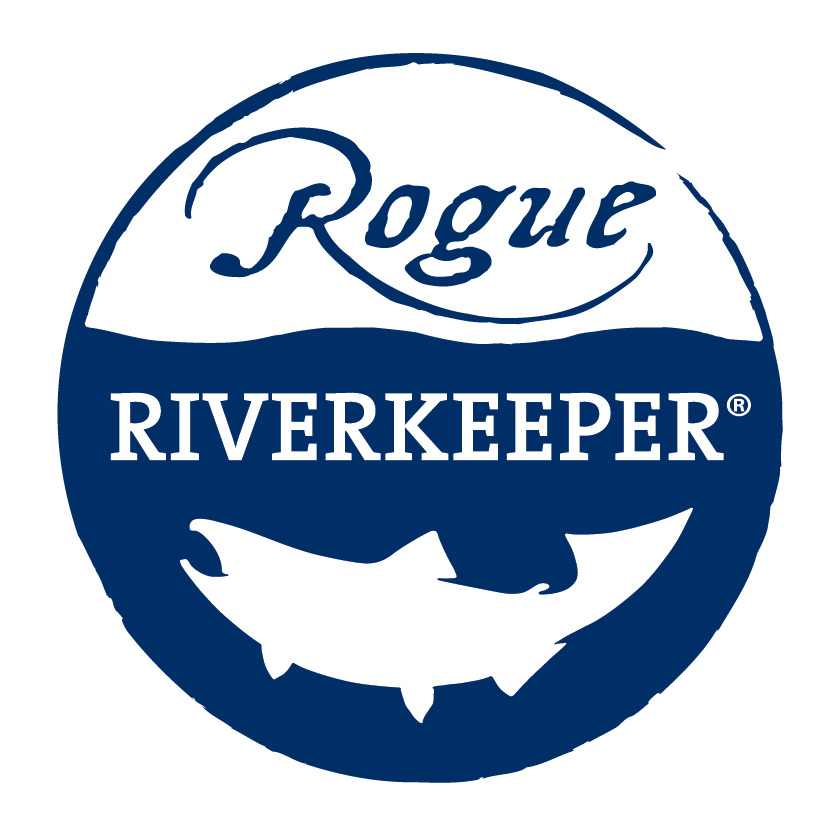Support Oregon Forest Stream Protections
There are 10 million acres of private forest in Oregon. The health of streams and communities depends on how those forests are managed. While many painful compromises were made in the process, the Accord represents the first major update to Oregon’s forest practices in decades. These difficult tradeoffs make this the first of many steps needed to ensure that the state’s logging standards best protect clean, cold water for all Oregonians and all aquatic life. With the era of climate change already bringing more drought, wildfire, and stress to Oregon’s forests, we ask that the Department and Board build on the success of the Accord. Please ask State leadership to continue updating protections for forested watersheds as we learn more about what is needed to ensure clean, cold water for fish and wildlife. Also, ask them to protect water for communities, an issue that was not addressed in the Accord.
Big Butte Creek, Photo credit: David Christian
What is in the Accord?
Stream Buffers. The Accord expands streamside protections for harvesting trees near streams. The agreement would significantly expand streamside buffers, forested strips where forest conservation can help keep water cool and free of sediment.
Small Forestland Owners. Almost one third of private forests are owned by small forestland owners, and the Accord establishes new programs, standards, and assistance for small forestland owners to help them comply and conserve their streamside forests. Oregon’s small forestland owners hold much of the state’s best salmon habitat in their lowland properties, and these rules make some big changes for them.
Road Pollution and Fish Passage. The Accord improves road standards and establishes a 20 year inventory to ensure standards are met. This includes upgraded road-stream crossings to provide fish passage, and for flow and fish passage that reflect a changing climate.
Monitoring, Compliance, Adaptive Management. The Accord improves compliance monitoring and adaptive management by establishing a stakeholder body to inform rule effectiveness. It improves access to forestland to assess compliance and establishes a science team to conduct studies and report them to the Board.
Beaver and Amphibians. There are changes to reflect the critical role that beavers and beaver dams play in supporting fish and wildlife, including salmon, and improves protections for stream-dwelling amphibians.
Mitigation Funding. The Accord invests in protecting water quality and improving habitat with an annual commitment from landowners ($5 million) and the state ($10 million) to a 50-year fund to help improve habitat and protect water quality.
What is left to do?
Post-Disturbance Logging. The Accord does not address the standards that are needed to ensure that clean water and communities are protected from harmful logging practices after forest disturbances such as wildfire, insects, or windstorms. As part of the Accord negotiations, SB 1501 requires that rulemaking to address post-disturbance logging is completed by November 2025. It is critically important to address the impacts to watersheds from streamside logging practices immediately after fire. We urge the department and board to urgently address this gap in the Accord.
Drinking Watersheds. The Accord did not include explicit protections for logging in areas that are sources of drinking water for Oregon communities. Moving forward, more protections are needed to ensure that sources of clean drinking water are protected for Oregonians across the state, especially on steep, unstable slopes, or where the loss of shade, pesticide use, and sedimentation can harm drinking water.
Aerial Spray. The Accord did not address limits to aerial pesticide spray as part of the negotiations. The increased notification requirements and bans on aerial pesticide spray within 300 feet of schools and homes, within 300 feet of all drinking water sources, and within at least 50 feet of tens of thousands of miles of small streams that came from SB 1602 (2020) are improvements, but fall far short of the limits that community members have called for. This is an issue that must be addressed in the future.
Clean Water Act. Unlike Washington State’s private forest HCP, the Accord does not address the needs of the state to comply with the Clean Water Act. Given that the Accord only addresses the needs of listed fish species within their distribution, it is likely that there are many more additional updates to forest practices that will be required to comply with the Clean Water Act.

